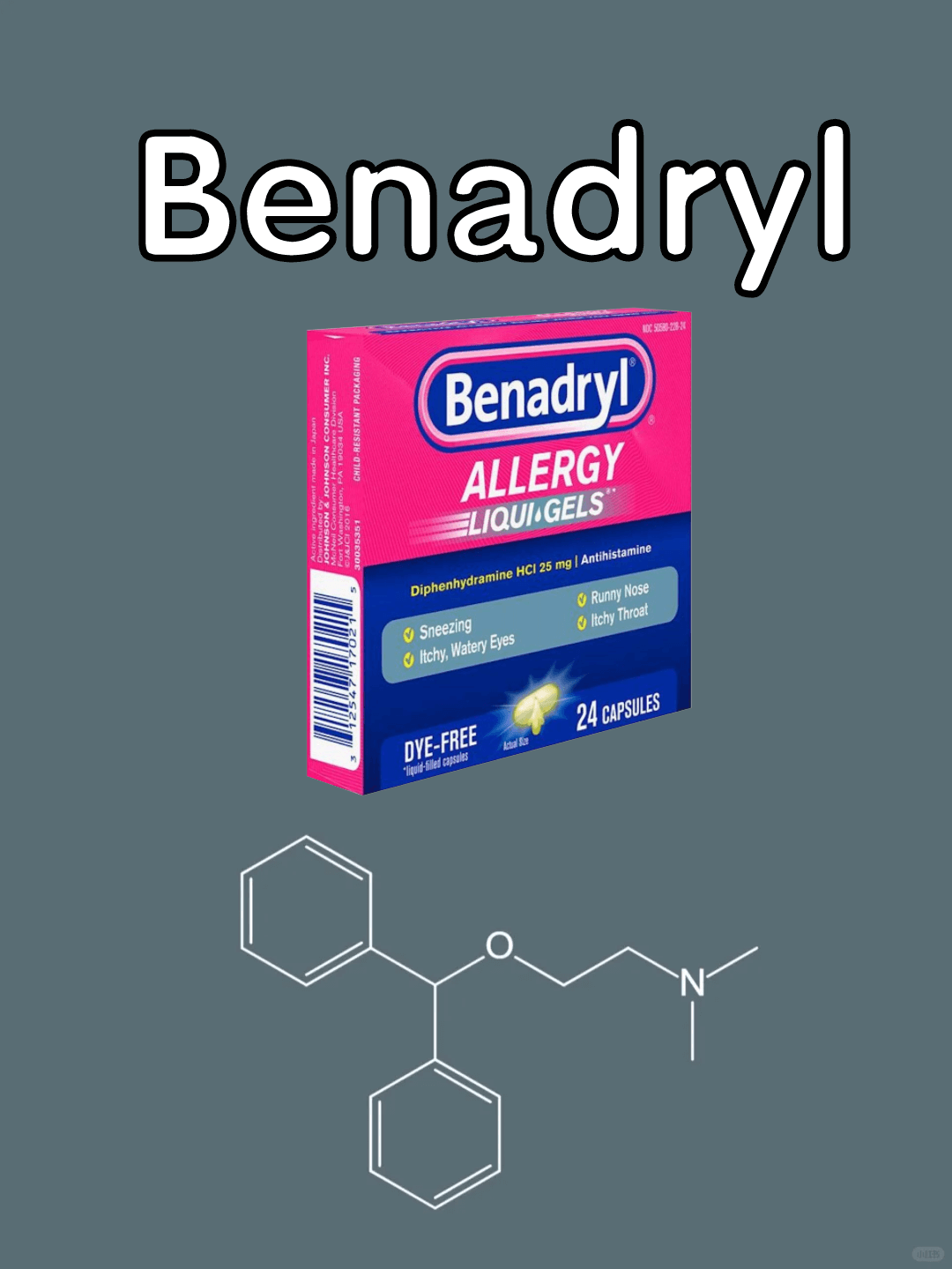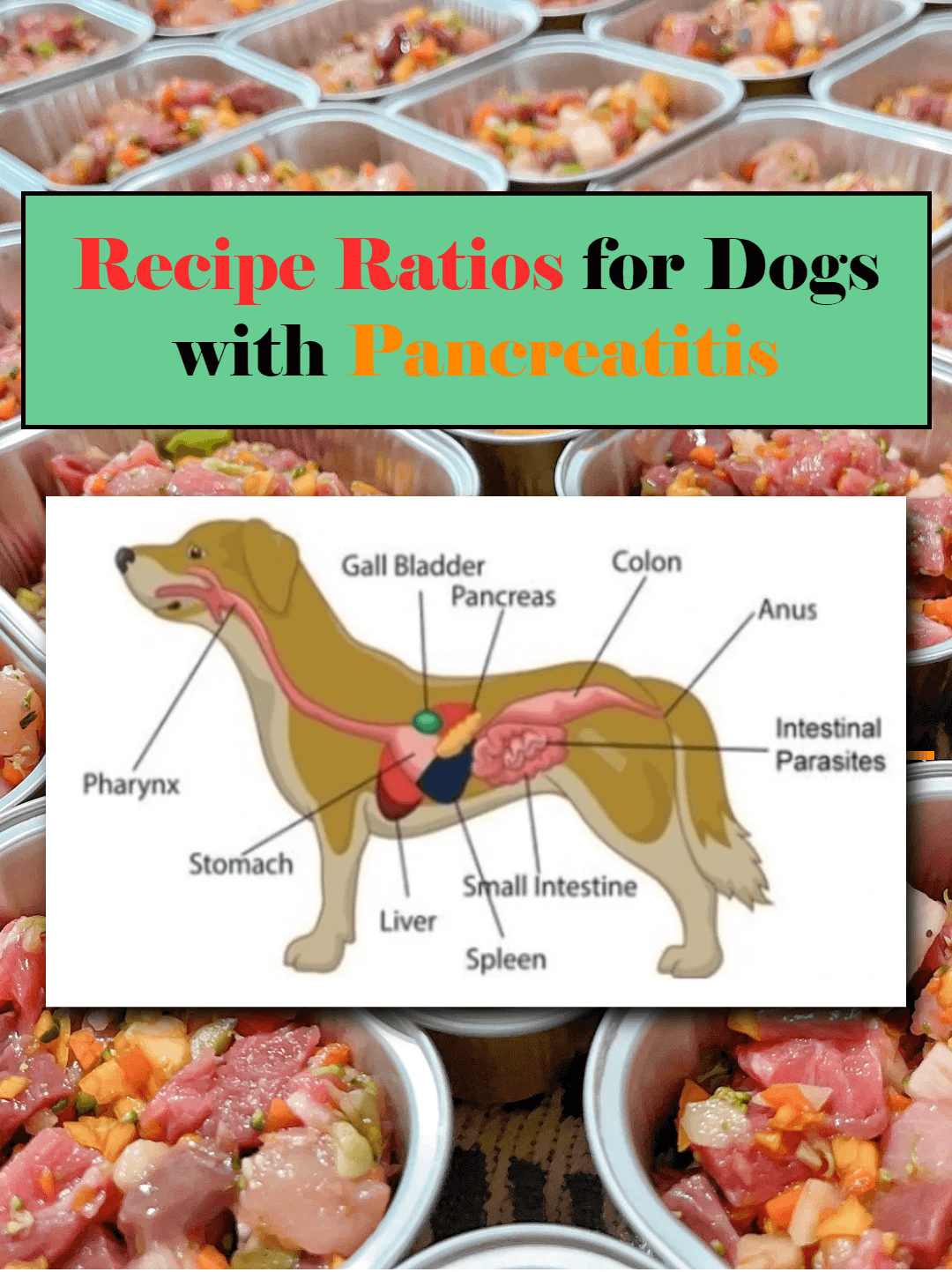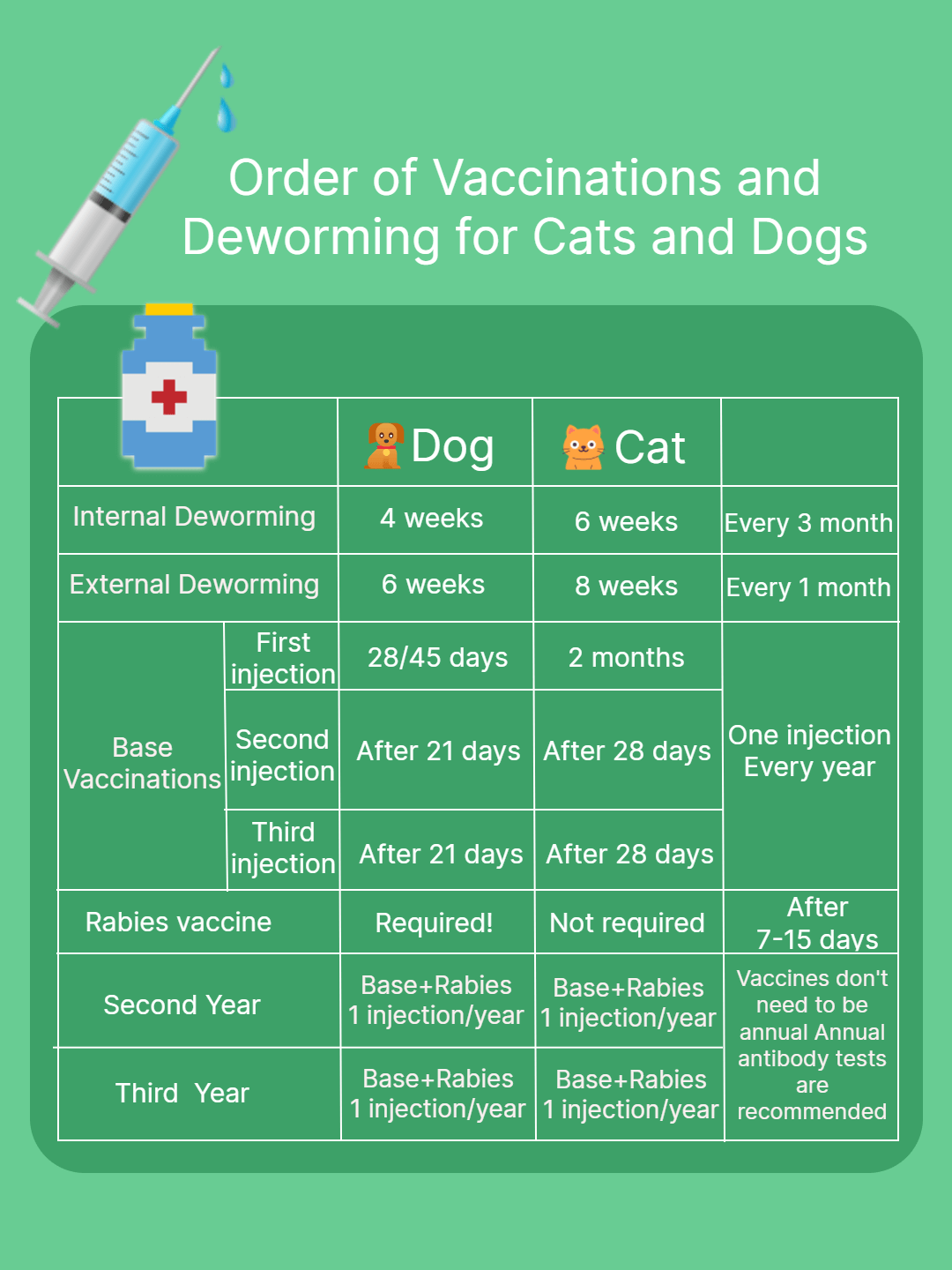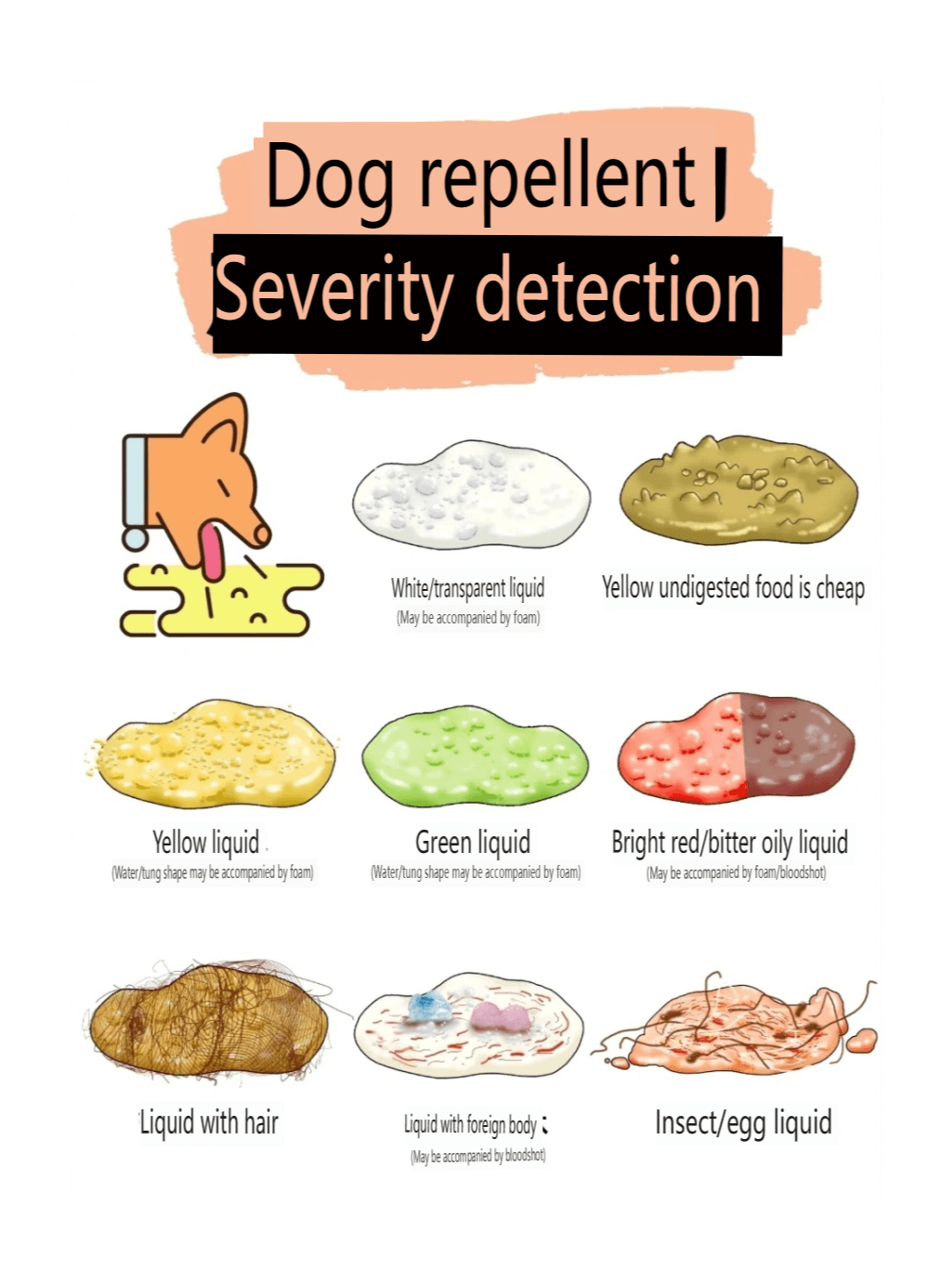Benadryl(generic name 'diphenhydramine') is one of the most widely used over-the-counter drugs for both humans and pets. It is classified as an antihistamine. This is a commonly prescribed medication for dogs and is occasionally used for cats.
Diphenhydramine can be purchased at pharmacies, but it should be taken under the supervision and guidance of a veterinarian.
This drug is not FDA-approved for use in animals, but veterinarians can legally prescribe it for animals.
# Diphenhydramine Formulations
This drug is only registered for human use.
Human Formulations: Ketamine and various generic preparations.
Veterinary Formulations: None currently available.
# Uses of Diphenhydramine in Cats and Dogs
1. Diphenhydramine is primarily used to treat allergic symptoms, skin itching, and allergic reactions such as those caused by medication or insect bites.
2. Due to its effects on the brain and nervous system, it is also used to treat motion sickness and vomiting.
# Precautions and Side Effects
1. Generally, diphenhydramine prescribed by a veterinarian is safe and effective, but it can also cause side effects in some animals.
2. Diphenhydramine should not be used in animals known to be allergic to the drug.
3. Animals with glaucoma, lung disease, heart disease, hyperthyroidism, high blood pressure, and prostate enlargement should not use diphenhydramine.
4. Diphenhydramine may interact with other medications. Before use, consult your veterinarian to ensure that other drugs your pet is taking will not interact with diphenhydramine. Medications that interact with diphenhydramine include: epinephrine, sedatives, heparin, and barbiturates.
5. The most common side effects of diphenhydramine are: sedation, drowsiness, vomiting, diarrhea, and loss of appetite.
6. For cats, oral diphenhydramine is bitter and may cause profuse but temporary drooling.
# Diphenhydramine Specifications
1. Diphenhydramine tablets come in 12.5 mg, 25 mg, and 50 mg doses.
2. It is also available as a 12.5 mg/5 ml suspension.
3. Injectable diphenhydramine is available in concentrations of 10 mg/ml and 50 mg/ml.
# Dosage and Administration of Diphenhydramine
Note: Always consult your veterinarian before administering medication.
1. The typical oral dosage of diphenhydramine is 1-4 mg/kg, given 2-3 times daily. For injectable diphenhydramine, the dosage is 1-2 mg/kg, given twice daily.
For dogs, the usual method of administration is 2 mg per kg. Therefore, a 12 kg dog would receive a total dose of 24 mg, and a 25 kg dog would receive a total dose of 50 mg.
2. For cats, oral diphenhydramine is typically given at a dosage of 0.5 to 1 mg/kg/day. Cats will noticeably taste the bitterness. For injectable diphenhydramine, the dosage is 1-2 mg/kg, administered every 12 hours.
3. The duration of administration depends on the condition being treated and the response to the medication. Complete the full course of treatment unless directed otherwise by your veterinarian, even if your pet seems to be getting better.
# Characteristics and Mechanism of Action of Diphenhydramine
Histamine is a chemical that is released during inflammation or an allergic reaction. This chemical then travels throughout the body seeking out specific histamine receptors (primarily targeting cells). Once it binds to a receptor, histamine causes swelling, itching, and other symptoms related to allergic reactions.
There are two types of histamine receptors: H1 and H2. H1 receptors primarily affect small blood vessels and smooth muscle. When histamine attaches to H1 receptors, the small blood vessels dilate, and fluid begins to leak out, which causes tissue swelling and itching. Additionally, histamine causes the small airways lined with smooth muscle to contract, leading to tension and some breathing difficulties. H2 receptors primarily affect heart rate and stomach acid secretion. When histamine attaches to H2 receptors, heart rate increases, and stomach acid secretion is boosted, which can heighten the risk of ulcers.
Drugs that block histamine's effects are called antihistamines. Some antihistamines are useful for allergies, while others can prevent excess stomach acid. The action of an antihistamine mainly depends on whether it binds to the H1 or H2 receptor, with very few drugs affecting both types of receptors.
Diphenhydramine is an antihistamine that inhibits the effects of histamine, particularly at H1 receptors. This reduces or prevents swelling and itching. Diphenhydramine has little to no effect on heart rate and stomach acid secretion.




